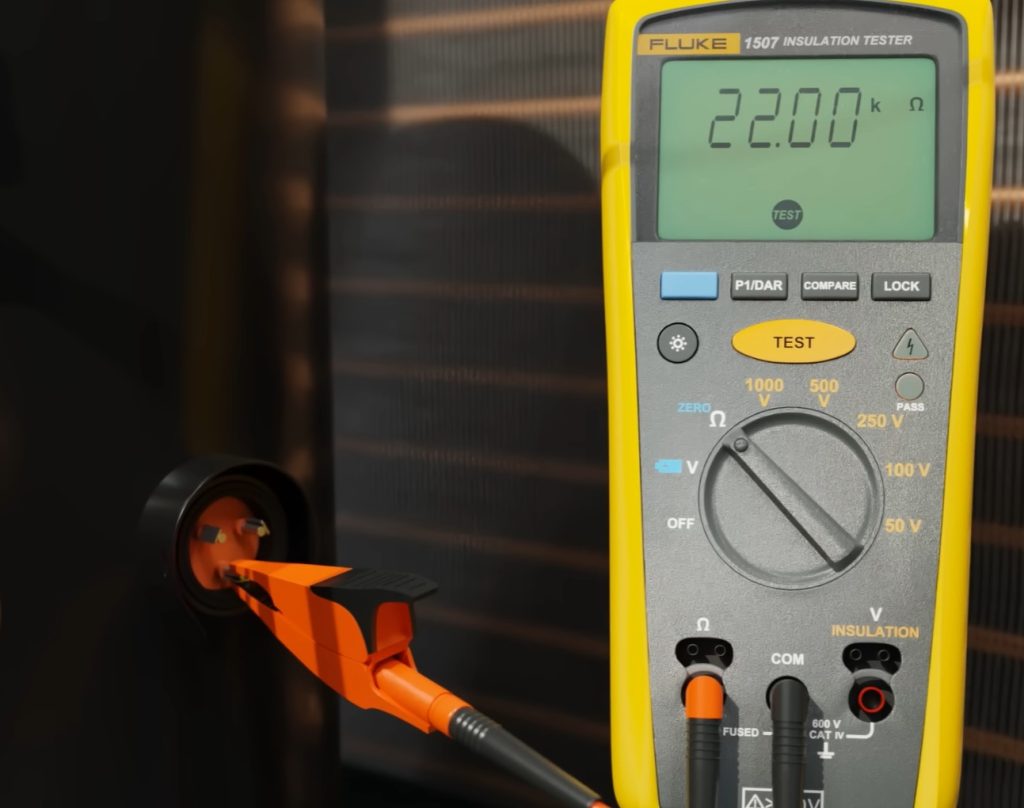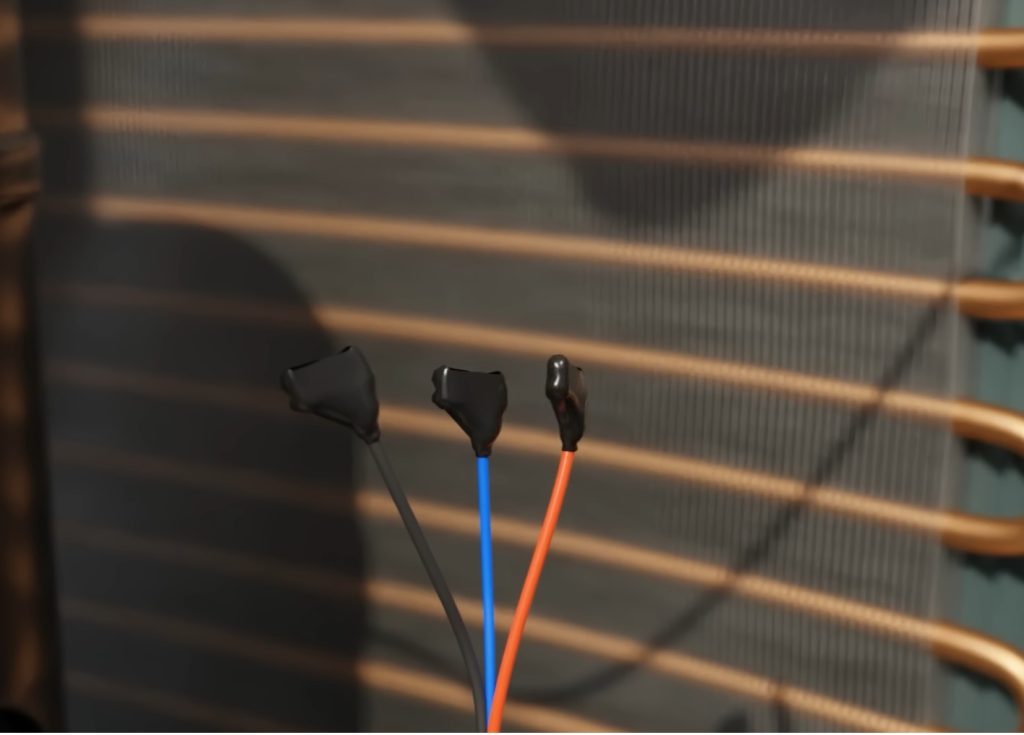Get Tech Tips
Subscribe to free tech tips.
Isolation Diagnosis

There are many great diagnostic tools available to the service technician today, but I haven't found a tool as versatile as the simple isolation diagnosis.
There are many ways this concept can be applied, but let's start with some examples so that you get what I mean.
Low Voltage Short Circuit Isolation Diagnosis
You arrive on a no-cooling service call at someone's home, and you find that the system is off and doesn't respond to any thermostat settings. You check the breaker and the condensate switch at the furnace by force of habit and look at the door switch; everything looks in order so far.
You take a look at the 3A low voltage fuse, and SURE ENOUGH, it's visually blown.
Now, there are many schools of thought on how to proceed from here. I prefer to use logical possibilities and the process of elimination before starting to tear everything apart.
First, look at any possible rub-out points on low voltage wires in the furnace, visually inspect the safeties, and go outside and check the control wire both inside and outside the condensing unit, ESPECIALLY wherever wires run across copper tubing. If you find nothing at these common failure points, I would pull open the thermostat there and check that it's wired correctly with no exposed copper.
You will notice that I didn't just “replace the fuse” because science and experience have shown me that fuses don't just fail open on their own.
If I still find nothing, then the “logical possibilities” part of the diagnosis has ended, and we move into the isolation diagnosis part of our testing.
Some techs prefer disconnecting all the low voltage wires at the furnace and ohming them one at a time to ground and common at this point. That sometimes works, but I prefer to let the system work for me rather than pulling apart all the wires at this stage.

I replace the blown fuse with a 3a re-settable fuse/breaker like the one shown above with the thermostat off in all modes (to avoid wasting fuses). I then close the door switch and see if the fuse blows; if it does not, then we can determine that there isn't a continuous short circuit in R.
I then use a jumper wire and connect each switch leg (G, Y, W, O, W2, Y2, etc.) to the R terminal quickly and see if any of them trip the fuse or throw a spark. (Remember, this is 24v; it's not going to hurt you.) You will often find the circuit with the short that easily, and then you can further isolate until you find the exact part of the circuit causing the issue.
Let's say the Y circuit is the one blowing the fuse. You can then separate the two wires going to the condenser and the thermostat and tap one side at a time to R. If the conductor going outside is the one throwing the big spark/blowing the fuse, then that is the direction to focus. You then go outside and disconnect the Y wire at the condenser wire nut or terminal block. If the short continues, you know it is in the wire between the condenser and the furnace, not in the condenser. If it continues, then you know it is in the condenser or in the contactor itself.
Shorted Compressor Isolation Diagnosis

Compressors shorted to ground or “grounded” is a pretty common diagnosis in the field and leads to an expensive compressor or system replacement. It's important that we get that diagnosis correct and take away all the guesswork, so I use a combination of diagnostic tools and isolation diagnosis to ensure that I never get it wrong.
When I walk up to a condensing unit and see that it has a tripped breaker, the first thing I do is reset it and see what happens.
NO, IT ISN'T.
The breaker tripped for a REASON, and every time I reset that breaker, I run the risk of creating a major arc. If that short is inside the compressor, I add carbon and acid to the refrigerant every time I reset that breaker.

So, once again, we FIRST perform a full visual inspection of all the high voltage wires, terminals, the contactor, the capacitor, the crankcase heater, and the breaker itself. If that all looks OK, then we pull the top and inspect the compressor leads and terminals themselves. Before you go pulling on the terminals or compressor plug, make sure you are wearing gloves and safety glasses; it is possible for one of those terminals to blow out of the fusite at that moment and freeze your face or hands.

Another quick tip is to take a photo of all wires or tag them before pulling them off. We all have cameras in our pockets nowadays, which should make miswiring upon reassembly a thing of the past (I wish).
Now, measure resistance to ground (in this case, the copper stubs on the compressor) from each terminal. It is OK to use a megohmmeter if you want; just keep in mind that some compressors are still considered “good” by the manufacturer all the way down to 0.5 megohms, and some meters say “bad” at 20 megohms.

Once you are as certain as you can be that the compressor short to ground is the culprit, or if it is reading between 0.5 and 20 megaohms to GROUND and making you unsure, I have one more task for you.
Now, ISOLATE the compressor by taping and strapping up the plug or terminals so that they aren't touching anything. Reassemble the unit and reset the breaker.

If it doesn't trip and everything else (condenser fan motor, etc.) runs properly, then you can feel good about your diagnosis. If it trips again, then it's back to the drawing board. We also have a 3D video showing this entire process.
Other Uses
Isolation diagnosis can be used to diagnose system noises and even to find open circuits by using jumper wires. Isolation diagnosis is taking a hypothesis and testing it with one component or conductor at a time, allowing you to find the culprit through the process of elimination.
On communicating systems where I wanted to be SURE that it was the controller and not the wire, I removed the controller from the wall and wired it directly to the fan coil board to make sure it still didn't work even with no wire between. Sometimes, my hypothesis was right, and sometimes, it was wrong, but either way, isolation diagnosis has saved me from looking dumb on many occasions.
—Bryan
P.S. – Bert made this video a while back using isolation diagnosis to find an LV short.











Comments
Hi i just joined been looking at your training on you tube awhile. I want to verify a service issue i am working on. Heat pump blowing the 3amp fuse on fan cntrl board. Isolated it down to fan cntrl board grounding out. I unmounted board and no more blown fuse indoor unit running now. Issue i see 28 volts at outdoor unit contactor but nothing energizes. It looks like fan control board is culprit just wondering if ive troubleshooted enough?????
Hi i just joined been looking at your training on you tube awhile. I want to verify a service issue i am working on. Heat pump blowing the 3amp fuse on fan cntrl board. Isolated it down to fan cntrl board grounding out. I unmounted board and no more blown fuse indoor unit running now. Issue i see 28 volts at outdoor unit contactor but nothing energizes. It looks like fan control board is culprit just wondering if ive troubleshooted enough?????
To leave a comment, you need to log in.
Log In